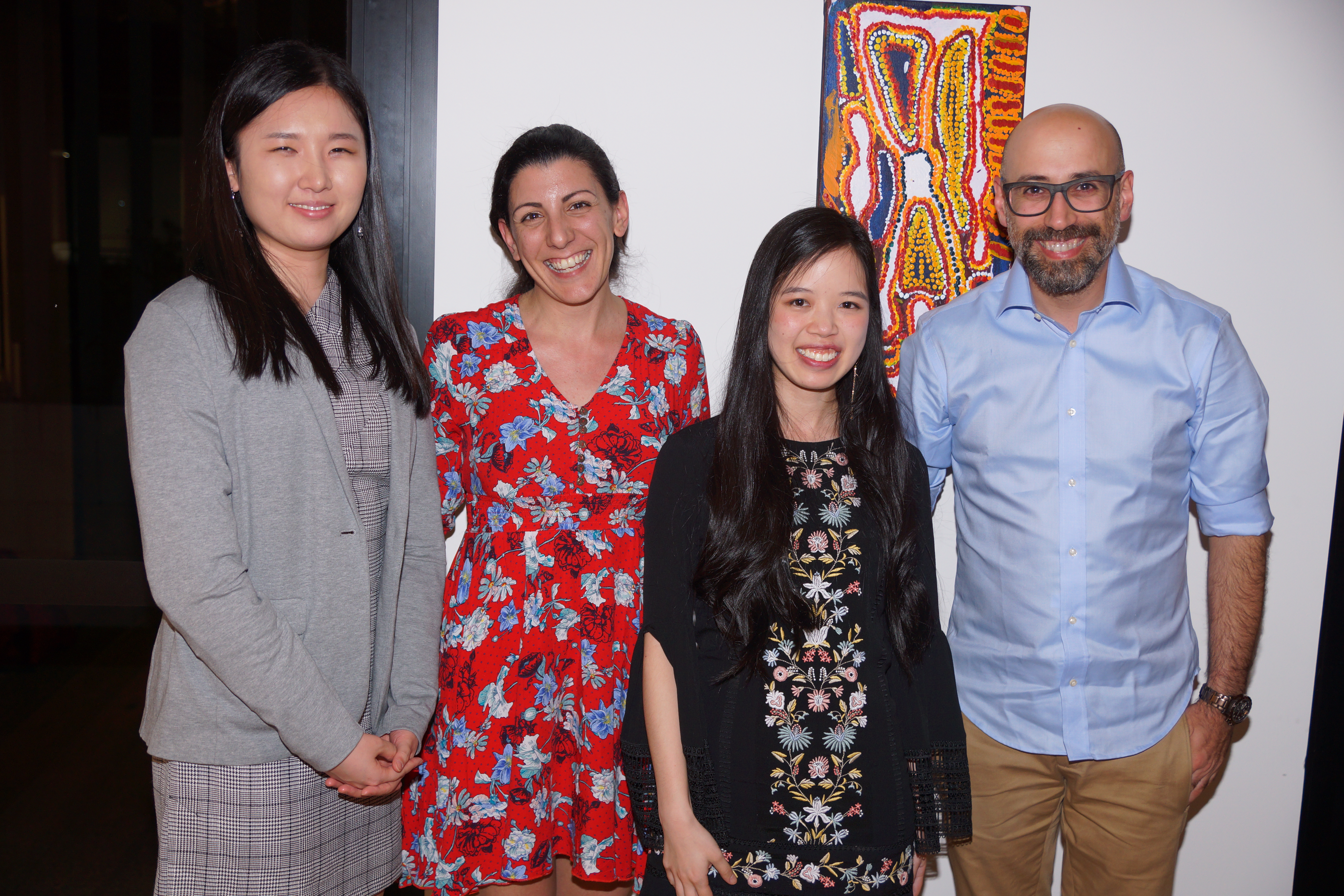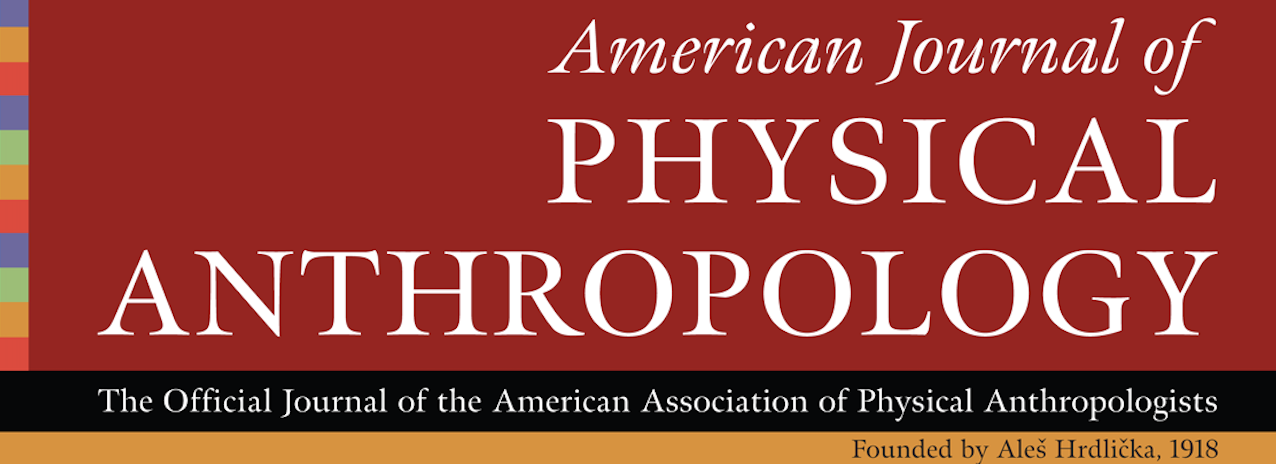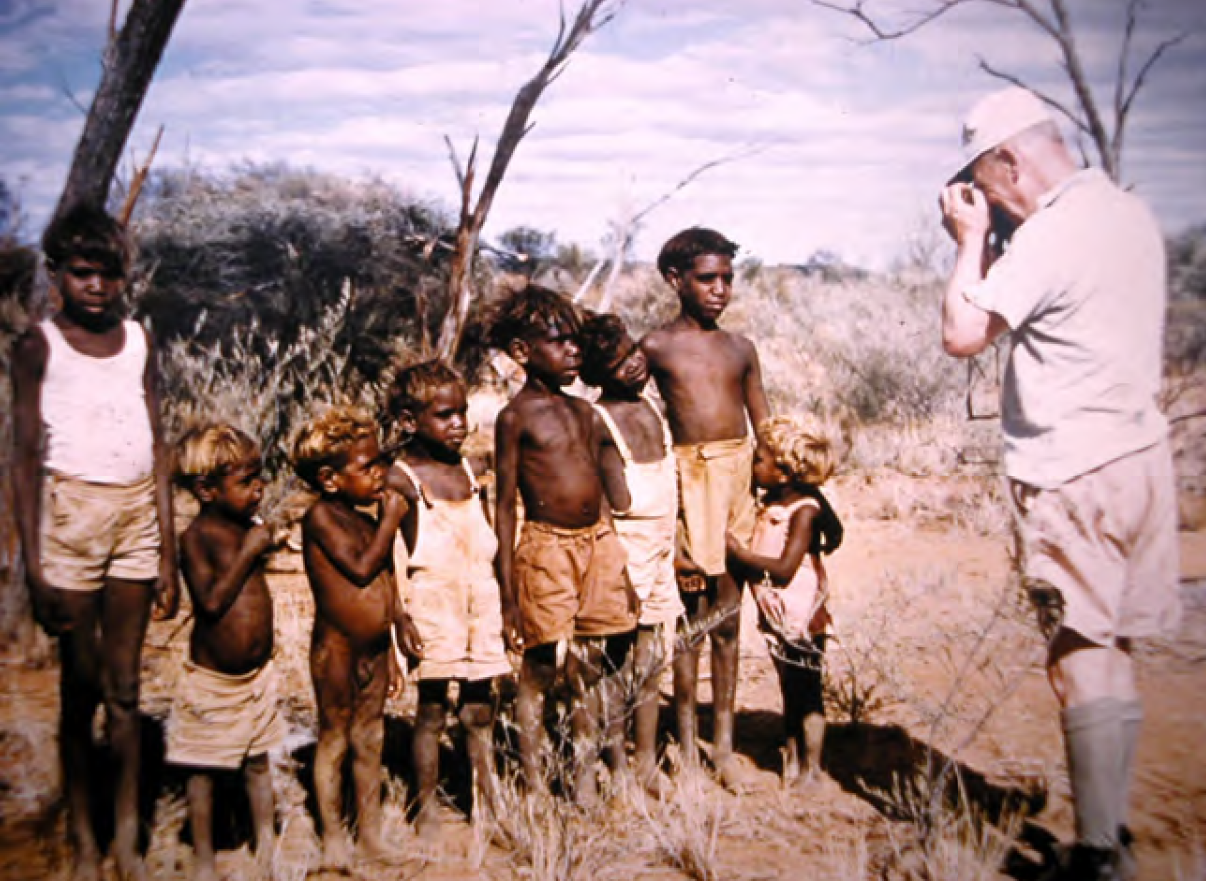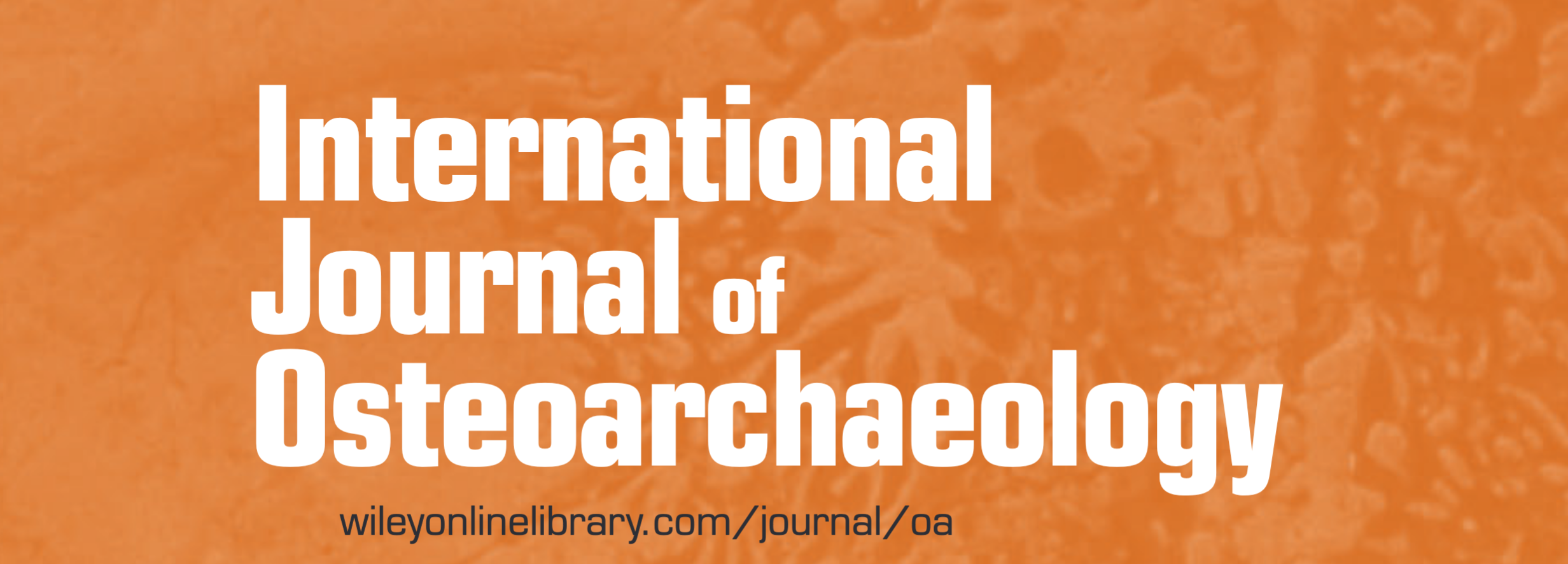
CONGRATULATIONS
Congratulations to Jinyoung (Claire) Lee (the 1st on the left) and Sarah Fung (third from the left) who have successfully completed their Honours degree with a First Class Honours! Claire worked on occlusion in Australian aboriginal childrem from Yuendumu (Northern Territory) using a longitudinal sample, while Sarah specifically focus on function morphology of the Carabelli trait (a small additional cusp found on the mesiolingual aspect of upper molars) using the different individuals from the same population. The Palaeodiet Research Lab








